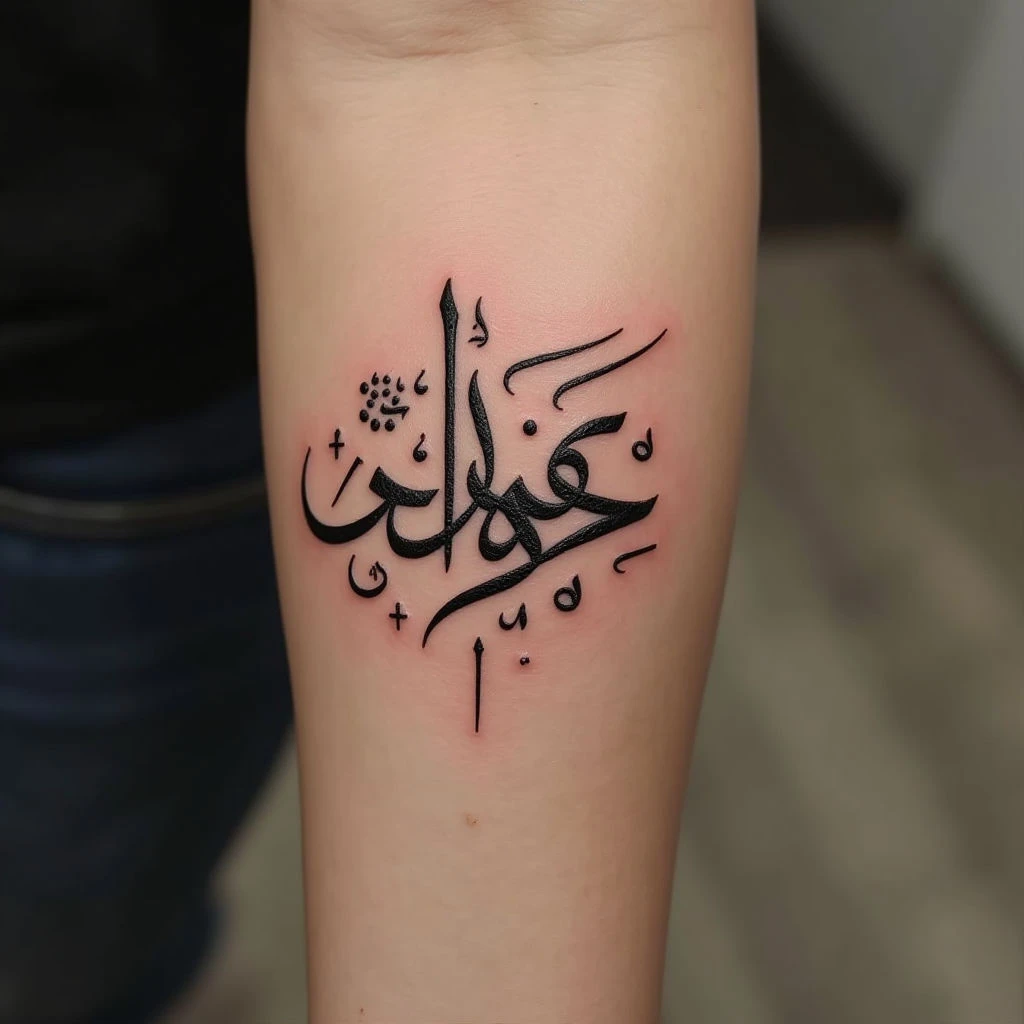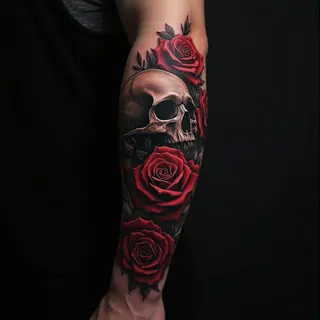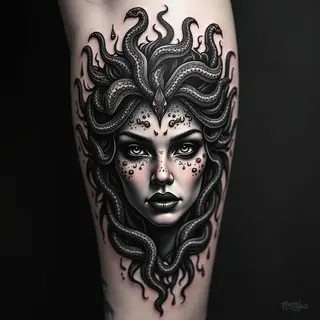Arabic Calligraphy Tattoos: Placement & Meaning
Arabic calligraphy tattoos offer a beautiful way to express yourself through art and meaning. Where you choose to place your tattoo can really change how it looks and what it signifies—this guide explores different locations and the subtle differences they bring.
Placement Options
Let’s look at some popular spots for Arabic calligraphy tattoos, along with what each placement tends to convey. It's about more than just aesthetics; it's about the message you want to send.
Wrist Placement
Wrists are a go-to choice—they’re visible and often symbolize personal declarations or intimate meanings. If you're considering this spot, shorter phrases usually work best.
Neck Tattoos
Neck placements are striking and eye-catching; they’re great for impactful words or phrases. They project confidence and openness—a bold statement.
Back Tattoos
The back offers plenty of room for more elaborate designs, like longer verses from poetry or religious texts. It's a placement that often represents strength and resilience.
Arm Tattoos (Forearm/Upper Arm)
Forearms are perfect for displaying meaningful quotes or names. Upper arms offer a slightly more discreet option—a subtle touch. The arm, in general, symbolizes action and power.
Choosing the Right Script
Arabic calligraphy isn't just one style; it has several distinct scripts—Naskh, Thuluth, Kufic, and Diwani are a few examples. Each script carries its own aesthetic and historical significance. Take some time to research these options so you can choose a design that aligns with your desired visual style and connects to the culture in a meaningful way.
A final, crucial note: always verify any translations before committing to ink!


